Domestic light tanks of the 1945-65 type - the PT-76 amphibious tank
One of the first post-war tanks PT-76 embodied the acquired experience of military operations during the 2nd World War. Almost all technical indicators increased, the combat indicators did not lag behind them, the caliber of mounted guns increased to 122 mm and, which was so vital for the armed forces, during overcoming various obstacles, such as water, the tank could conduct military operations.
If you compare the tank with the previous generation of tanks of this class, the T-38 and T-40, and with them the US Army tank LVT (A), you can see how the Soviet designers made a qualitative breakthrough in building a floating tank.
Water jet to overcome water obstacles was first applied at PT-76. The propeller worked on the principle of shooting water through the exhaust pipes with great speed. The use of this method of ferrying made it possible to abandon the rudder of the ship's execution, the tank was controlled by water movement by means of controlling the valves when water was ejected. Both engines - water jet and power - could work simultaneously at the exit from the water and at the entrance to it.
To prevent instability of the tank, the center of gravity is made in the maximum possible lower position, for this purpose all the main components and weapons were displaced. The increased tightness and tight shoulder strap of the tower block made it possible for the tank to enter the water obstacles at full speed, cross them during storm surges and make long movements by water.
Fighting weapon floating amphibians became more powerful weapons of previous tanks, having the ability to cross large waters. Paired with a machine gun caliber 7.62 mm gun "D-56TM" caliber 76 mm has ammunition in 40 shells and 1000 cartridges for machine guns. Additional weapons - one AKM, 20 pistol cartridges for supplying light signals and X-NUMX grenades "F-15".
Opening a tank in a water, horizontally, the gun in the water could be induced by changing the position of the tank in the water, the gun could be vertically controlled normally, using guidance mechanisms.
The power engine "B-6" had a diesel version and provided a tank with power up to 240 HP. The tank could move on the ground at a speed of the order of 45 kilometers per hour and cross water space at a speed of 10 km / h. The diesel engine was equipped with a 5-speed gearbox and power transfer mechanics to the waterjet units. Exhaust endings had protection against water ingress when the engine suddenly stopped. The tank was equipped with a system for pumping out the water inside the hull.
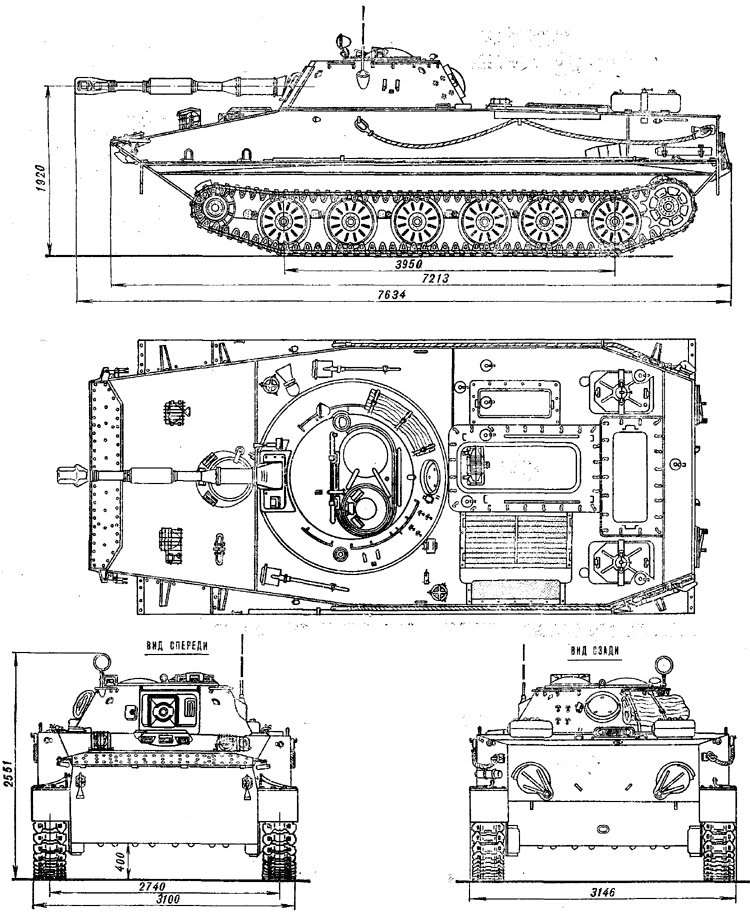
To provide cover for offensive operations, there was a smoke thermal equipment, the use of which provided smoke cover equal to the distance in 250-450 meters, depending on weather conditions. The crew of the tank had a night vision device for conducting surveillance at night, in the daytime, the personnel evaluated the situation in periscopic blocks.
The tank received fire-fighting development - in the event of fire or smoke appearing in the engine compartment, the carbon-dioxide cylinder control device worked, and there was also a manual control system for the fire-fighting system.
The designers managed to create a very light tank, the weight of the PT-76 was less than the weight of the T-34 in 1.5 times and amounted to 14 tons.
The tank was produced from 51 for over 15 years and had several modifications.
Modernization
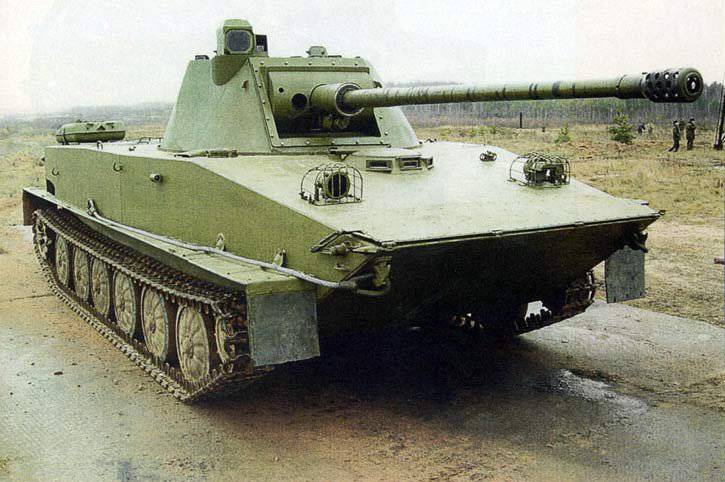
PT-76B - an upgraded version of the PT-76, differed from the parent by installing the D-56TS gun for pointing in planes, which improved the accuracy of the projectile hit the target, also improved the powder ejection system on the gun using an ejector. Small changes in the operation of the gun lowered the recoil force when firing from it.
PT-76B was one of the trump cards of the marines, yielding to conventional tanks in armor and weapons, has indisputable mobility in overcoming water space, provide and cover the landing of the main forces of the amphibious assault forces during combat operations.
The latest changes in the tank were made in 1967, when they increased the stern sheet to 8 mm, updated the starter - "ST721" with increased power to 11 kW, with a developed drive for short-term operation at 24 V., which had reduced weight and overall characteristics. They also installed a truck with an increase of thickness in 12 mm, made with ridges that do not have windows, installed the last developed radio station Р123 with TPU of a new sample Р124. A replacement of the machine gun on the floating tank followed, instead of “SGMT” installed “PKT” caliber 7.62 mm.
Modification
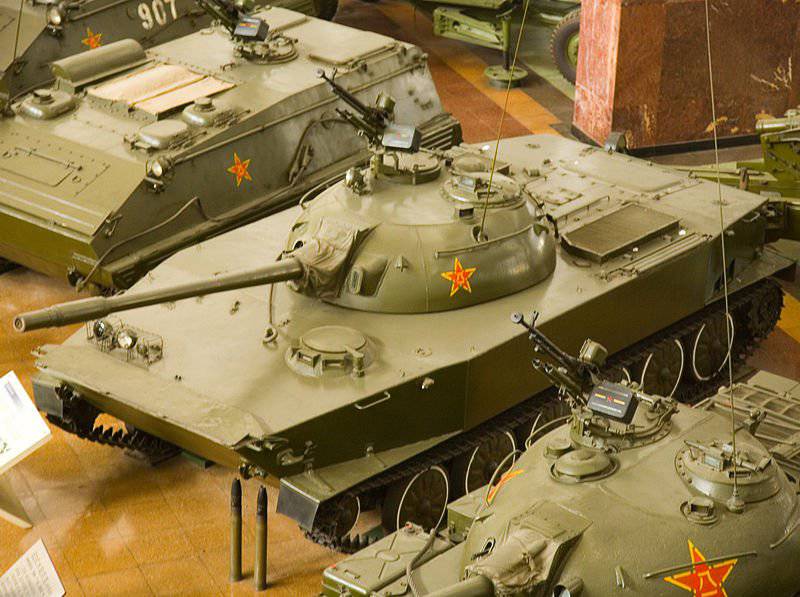
"Type 63" - Chinese tank, built on the basis of "PT-76", was produced in 70-ies, had a gun 85-mm caliber and a converted Chinese-made tower, which had a hemispherical shape.
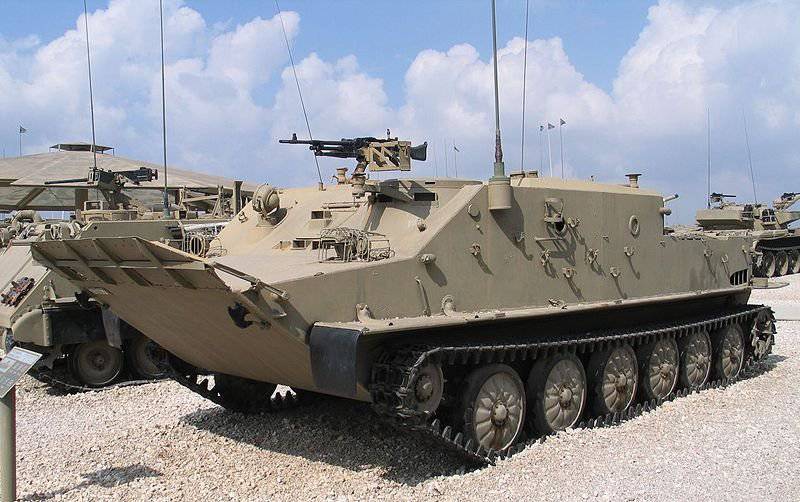
"BTR-50" - a floating combat vehicle, built on the basis of the tank "PT-76", weapons - 85-mm cannon or mortar, could hold up to 20 people of the personnel of the airborne units or marines. Had the ability to conduct combat operations right in the water.
MLTB is a multi-purpose, easy-booking transport vehicle. The armament of the transporter consisted of 7.62-mm “PKT”, used to transport personnel to 11 people and as traction machines. Had the ability to cross water obstacles with the help of rotating tracked belts.
"ASU-85" - self-propelled unit for airborne assault, was used in the military landing forces, had a base of the tank "PT-76".
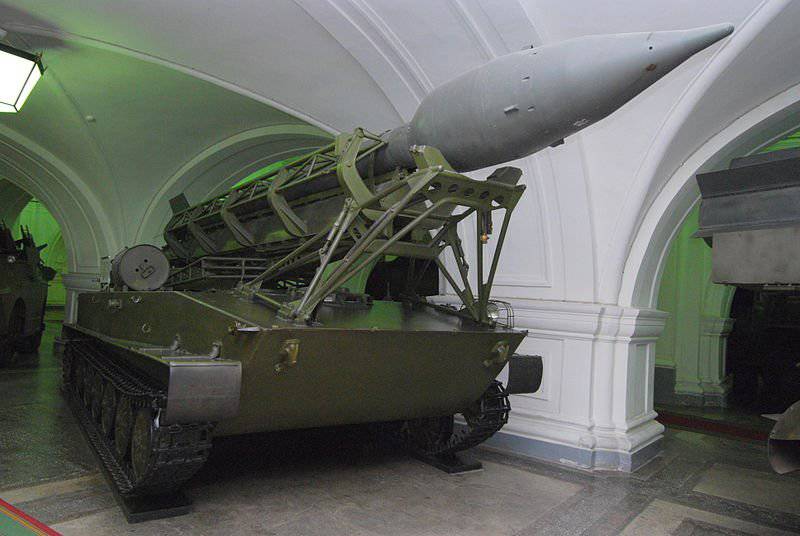
"2K1 Mars" and "2K6 Luna" - complexes of tactical missiles. The complex included launchers "2P16" on the basis of the tank "PT-76".
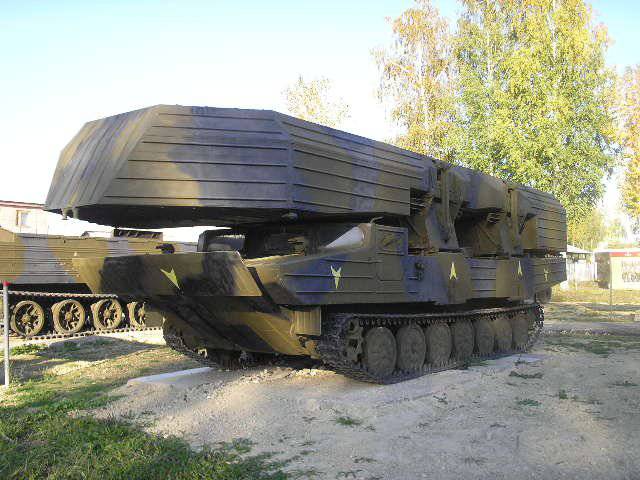
"GSP" - self-propelled crawler ferry. Used to ferry military equipment through water obstacles.
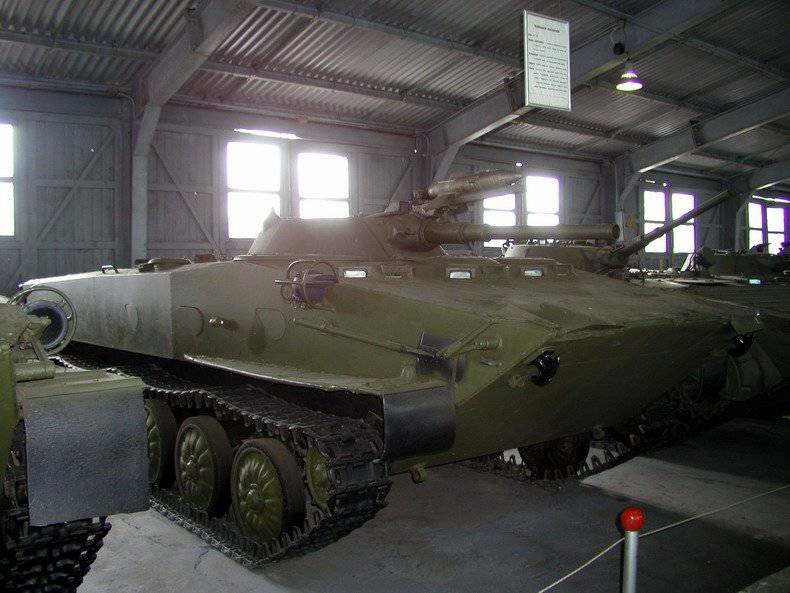
The object "914" is a prototype of the BMP. Created by the Volgograd design bureau, it did not enter mass production.

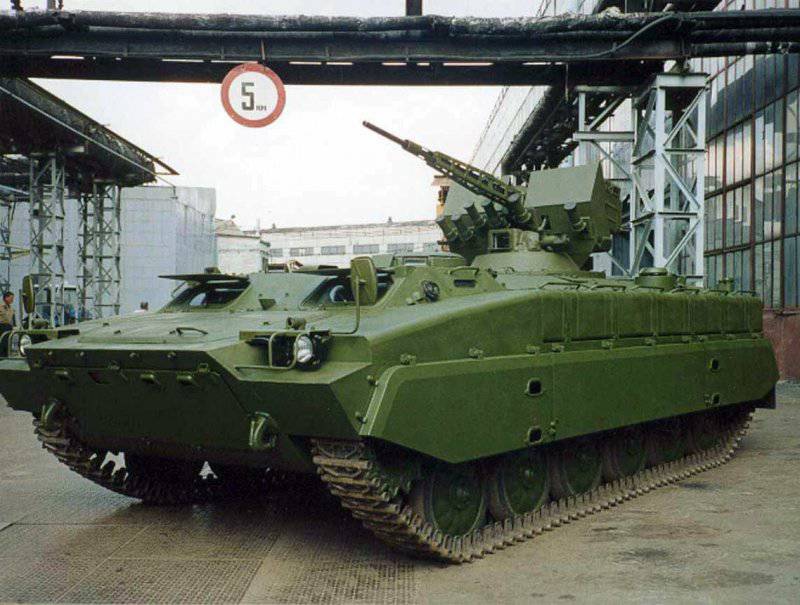
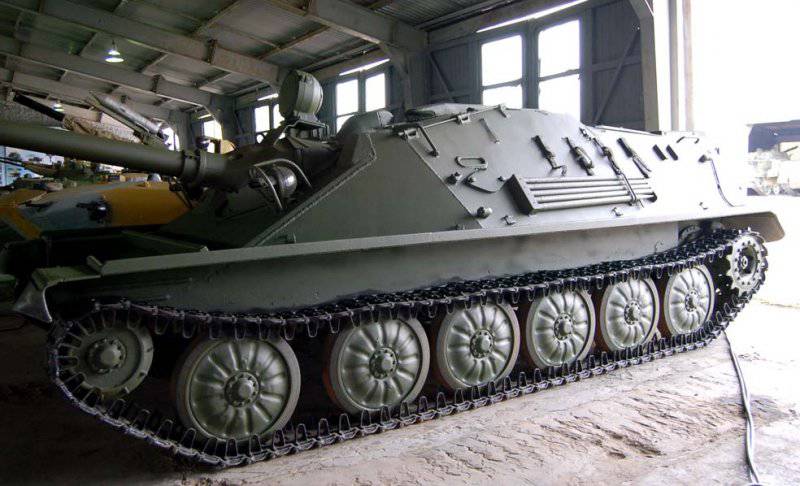
Information